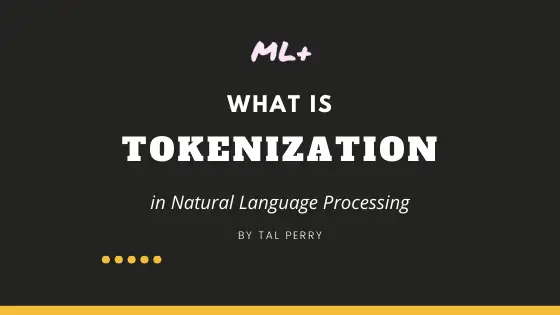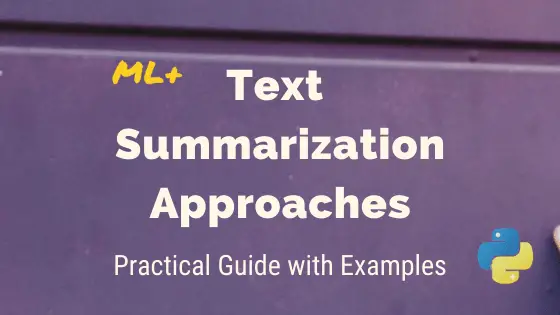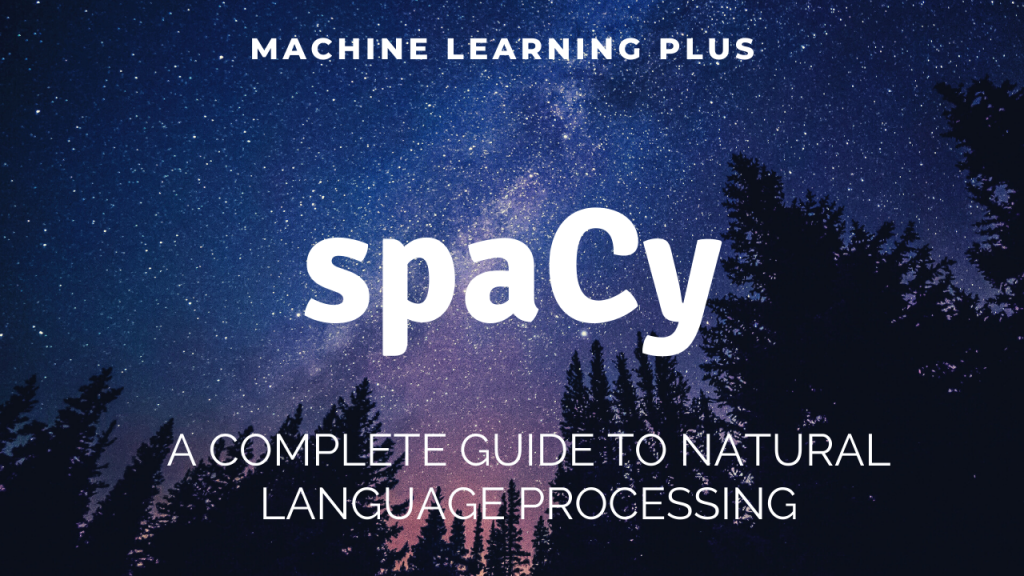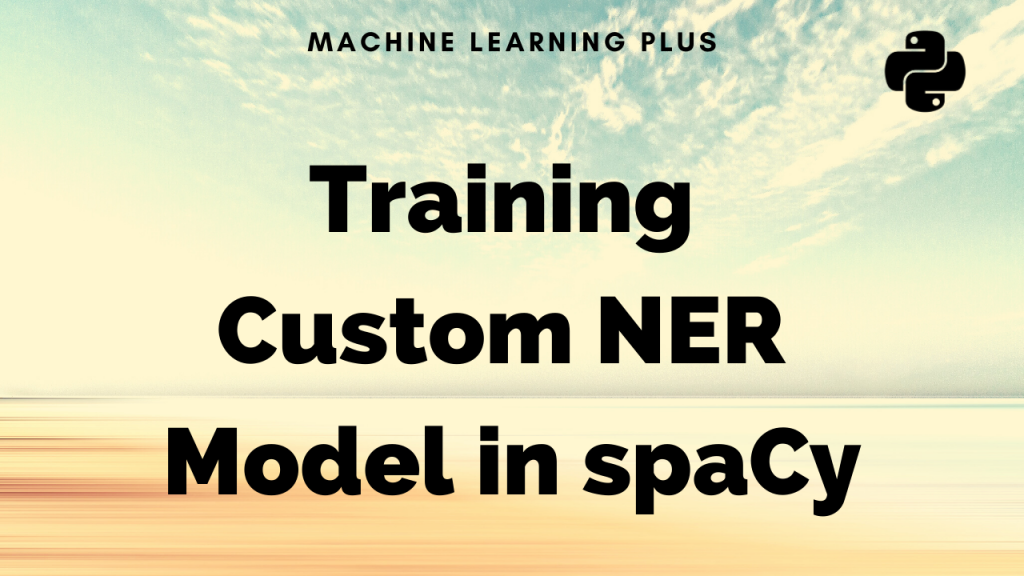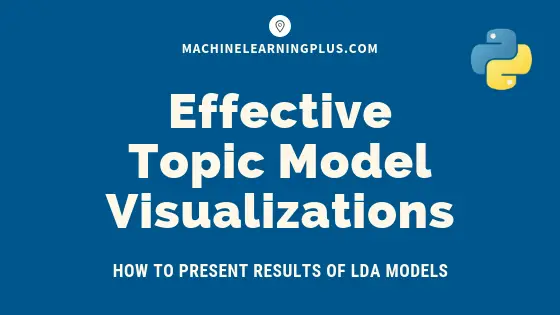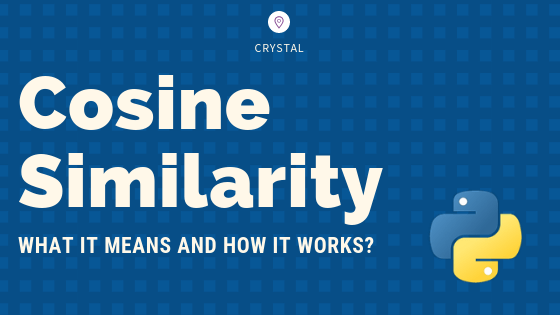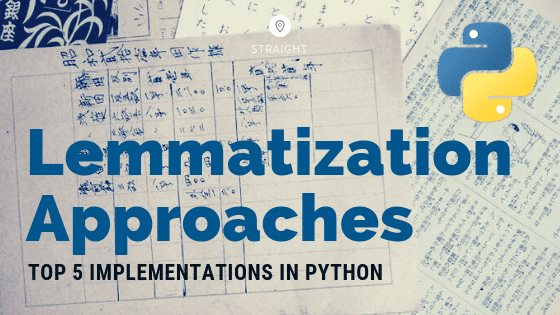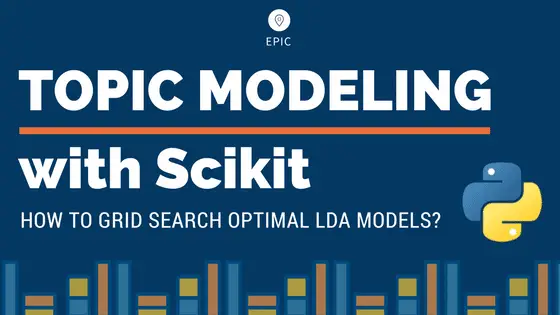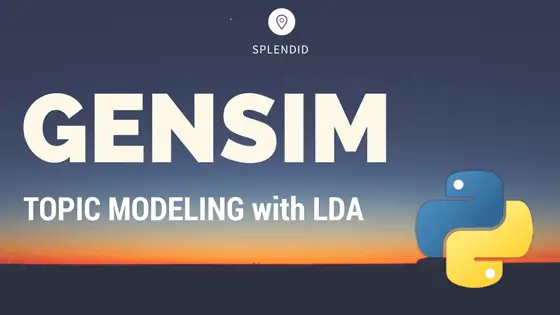What is Tokenization in Natural Language Processing (NLP)?
Tokenization is the process of breaking down a piece of text into small units called tokens. A token may be a word, part of a word or just characters like punctuation. It is one of the most foundational NLP task and a difficult one, because every language has its own grammatical constructs, which are often …
What is Tokenization in Natural Language Processing (NLP)? Read More »




